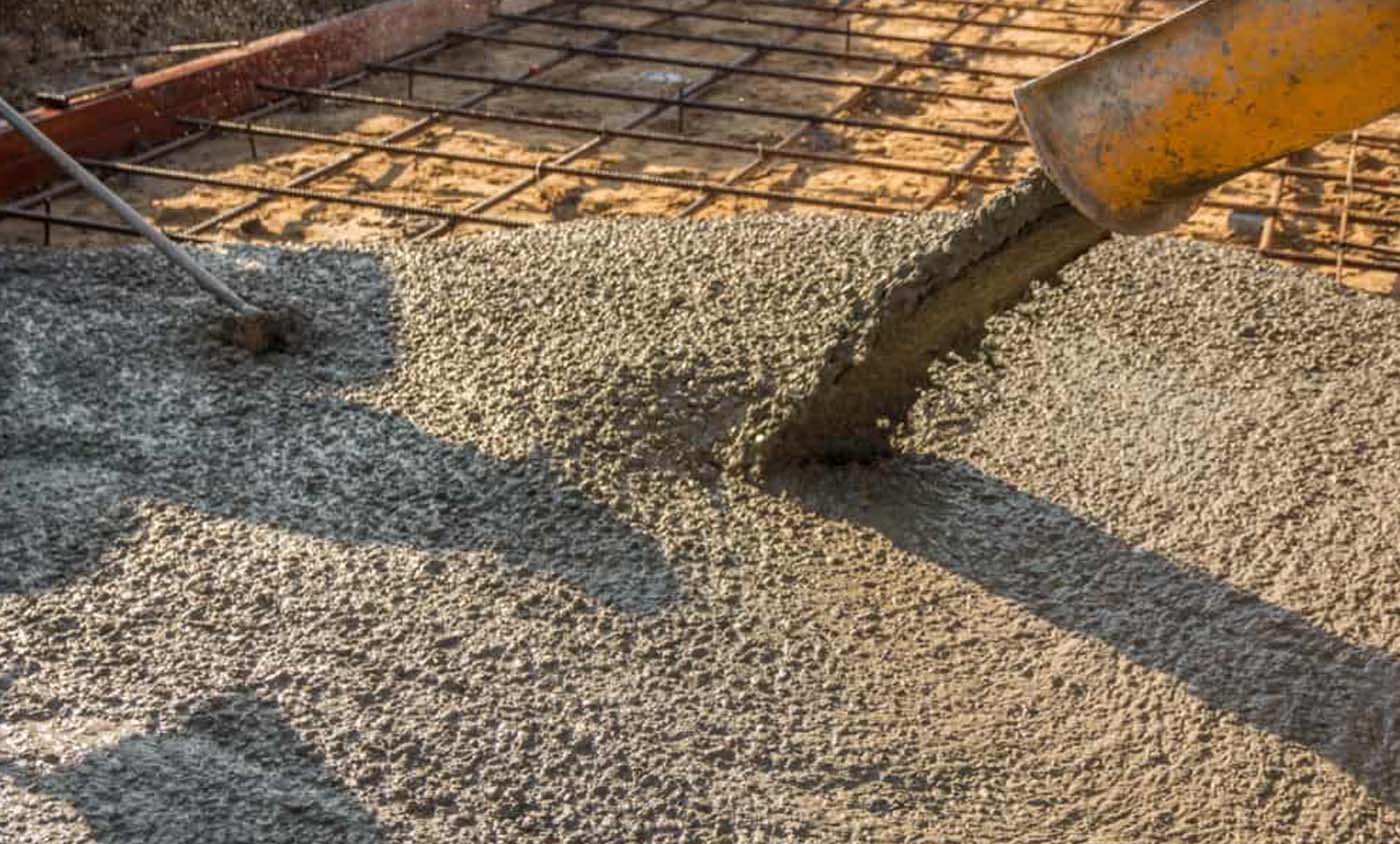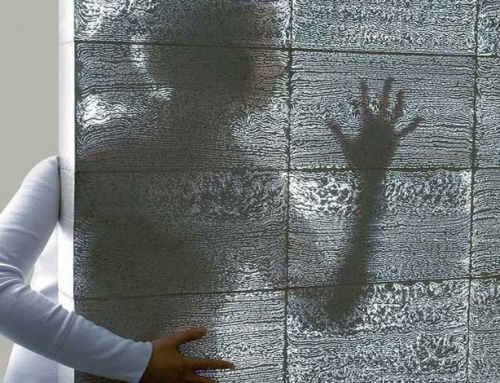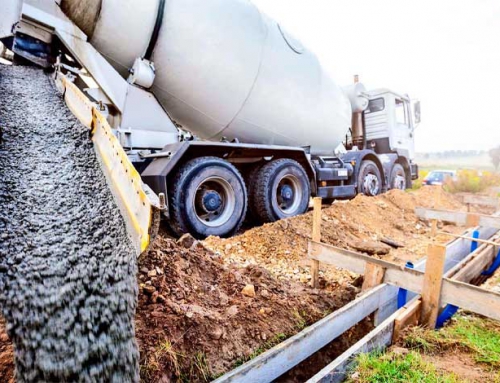Types of Concrete
Types of Concrete are produced based on ingredients, mixing design, construction method, type of application and shape of hydration reaction. Different types of concrete are used in civil engineering according to different characteristics and applications. But what kinds of concrete are there? Join us for the answer.
1-Normal Strength Concrete
Concrete obtained by mixing cement, water and aggregate, raw materials provides us with standard strength concrete. The strength of this type of concrete will vary from 10 to 40 MPa. Normal strength concrete has an initial setting time of 30 to 90 minutes, depending on the characteristics of the cement and the climatic conditions of the construction site.
2-Plain Concrete
Plain concrete will not have any type of reinforcement. The main ingredients of cement are aggregates and water. The most common use of a mixing design is a 1: 2: 4 ratio, typical of a concrete mix. The density of plain concrete varies between 2200 to 2500 kg per cubic meter. Compressive strength is 200 to 500 kg / cm2. These types of concretes are mainly used in constructing pavements and buildings, especially in areas that have less demand for high tensile strength. The durability provided by this type of concrete is largely satisfactory.
3-Reinforced concrete

Reinforced concrete
Reinforced Concrete is a type of concrete that uses reinforcement to withstand tensile strength. Plain concrete is poor in tensile strength and good in compressive strength. Therefore, installing reinforcement will be responsible for withstanding tensile stresses. Reinforced concrete works with a combination of plain concrete and steel reinforcement. Steel reinforcements used in concrete can be rebar or mesh. The type of rebar is usually ribbed and straightforward.
4-Prestressed Concrete

Prestressed Concrete
Most large projects use prestressed concrete units. It is a particular method in which the rods used in concrete are pressed before the actual load is applied. These benchmarks are placed in place and held at each end of the structural unit during concrete mixing and placement. When the concrete hardens, the rebars are pressed. The prestressing phenomenon makes the lower part of the concrete member stronger against tension. The prestressing process requires heavy equipment and work skills (jacks and traction equipment). Therefore, prestressing units are built and assembled on-site. This type of concrete will be used in building stairs, heavy structures and roofs with larger openings.
5-Precast concrete

Precast concrete
Various structural elements can be made according to the specifications in the factory and transported to the site during assembly. Such concrete units are called precast concrete, which includes prefabricated concrete units, concrete blocks, stair units, prefabricated walls and beams, concrete roofs and many other elements. These units have the advantage of achieving rapid construction because they only need to be assembled. As the construction is done on-site, excellent quality will be achieved.
6-Lightweight concrete

Lightweight concrete
Concrete that has a density of less than 1920 kg / m3 is classified as lightweight concrete. Aggregates are an important element that contributes to the compaction of concrete. Examples of lightweight aggregates are perlite and scurvy. Lightweight concrete is used to protect steel structures and is also used to build long-span bridge decks. This type of concrete is also used to build building blocks.
7-High-Density Concrete
Concretes with a density between 3000 and 4000 kg / m3 can be called high-density concrete. Heavy aggregates are used here, and crushed rocks will be used as coarse aggregates. Rich aggregates are usually called barite. These types of aggregates are commonly used in the construction of nuclear power plants and similar projects. Heavy aggregate helps the structure withstand any nuclear radiation.
8-Air Entrained Concrete
The air cavity in the concrete is created by adding foam or gas foaming agents. Some examples of aeration agents include resins, alcohols, and fatty acids. Aerated concrete is used in the construction of walls, ceilings and floors. One of the superior features of this type of concrete is high fire resistance.
9-Ready Mix Concrete

Ready mix concrete Factory
Factory-produced concrete is called ready-mixed concrete. Ready-mixed concrete is brought to the site with a mixer truck. Ready-mixed concrete has an exact mixing design, and any type of concrete can be produced based on specifications with maximum quality. Making this concrete requires a concrete factory. These factories will be located at a certain distance from the construction site. High concreting speed and maintaining the quality of concrete at the highest level are the advantages of ready-mixed concrete.
10-Polymer concrete
Other types of concrete include polymer concrete. In polymer concrete, aggregates are bonded with polymer instead of cement. The production of polymer concrete will help reduce the volume of cavities in the aggregate. Therefore, the amount of polymer needed to bond the materials is reduced. Then, the aggregates are graded and mixed accordingly to obtain the minimum cavities and the maximum density.
This type of concrete has different categories:
- Polymer impregnated concrete
- Polymer cement concrete
- Somewhat impregnated with polymer
11-High-Strength Concrete
Concretes with a strength of more than 40 MPa can be called high strength concrete. This increased strength is achieved by reducing the water-cement ratio to even less than 0.35. Ordinary concrete In contrast to the properties and differences of high-strength concrete, calcium hydroxide crystals, which are the main product of hydration concern for strength properties, is reduced by the combination of silica fume. In terms of performance, high strength concrete should have lower performance in terms of efficiency.
12-High-performance concrete
This concrete complies with a certain standard, but in no case will they be limited to strength. It should be noted that all high-strength concrete can be of a high-performance type, But not all high performance concretes are high strength concretes! The standards that comply with high-performance concrete are listed below:
- Increased strength at a young age
- Easy placement of concrete
- Permeability and density factors
- Heat hydration
- Long life and durability
- Durability and mechanical properties
- Environmental concerns
13-Self-Consolidated Concrete
The self-compacting concrete mix, when poured on-site, is compacted according to its weight and is considered self-compacting concrete. This type of concrete has higher workability, and because of its higher efficiency, it is also called aerated concrete. In areas where there is a large size of reinforcement, self-compacting concrete has the best performance.
14- Pervious Concrete

Pervious Concrete
Porous or spongy concrete is designed to allow water to pass through. In this type of concrete, 15 to 20% of the concrete volume is left empty during design. Porous concrete is produced with a unique mixing process, performance, application methods and more. This concrete is used in the construction of sidewalks where there is a problem of flooding. Water passes through these concrete pavements and reaches groundwater; Hence most drainage problems will be solved.
15-Vaccum concrete
Concrete is poured into the mould with the required amount of water. Excess water is then pumped out with the help of a Mac pump. These concrete achieve their 28-day compressive strength in 10 days, and the final strength of this concrete is 25% higher than conventional concrete types.
16- Pumped Concrete
One of the main characteristics of concrete used in large constructions, especially for tall structures, is concrete transfer to heights. Therefore, one of the special features of concrete for easy pumping is the use of pumpable concrete. Concrete used for pumping should be efficient enough to be easily transported to the project site through a pipe. The pipe used will be rigid or a flexible hose that drains the concrete to the desired area. The concrete used must be inherently fluid and have sufficient fines and water to fill the cavities. The finer the material used, the more control there will be over the mixture. The grading of the coarse aggregate used must be of a continuous nature.
17-Stamp concrete

Stamped Concrete
Stamp concrete is an architectural concrete in which realistic patterns similar to natural stones, granites and tiles can be obtained. Stamping materials are used in concrete when the concrete is in a paste state. The various strains of painting and texture work will make the concrete look precisely like expensive natural stones. Anaesthetic effect can also be achieved economically. Stamped concrete is used in the construction of highways and sidewalks.
18-Limestone concrete (Limecrete)
Other types of concrete include limestone concrete. Limestone is a type of concrete in which cement is replaced with lime. The main application of this product is in floors, domes and also arches. Unlike cement, lime has many benefits for the environment and health. This concrete is a product of renewability and is also easy to clean.
19-Asphalt Concrete

The image on the left is ordinary asphalt, and the image on the right is asphalt concrete.
Asphalt concrete is a mixture of aggregates and asphalt that is commonly used for road surfaces, parking lots, airports, as well as the core of embankment dams. Asphalt concrete is used as asphalt, black or pavement, and rolled asphalt or bitumen.
20-Roller Compacted Concrete
Roller compacted concrete is a type of concrete that is compressed with the help of earthmoving equipment such as heavy rollers. This concrete is mainly used in drilling. This concrete has a small amount of cement. After compaction, this concrete creates a high density and eventually becomes a firmly integrated block.
21-Rapid Strength Concrete
As the name implies, these concrete reach their final strength within a few hours of their construction. Therefore, mould removal is easy, and the construction of the building proceeds quickly. This concrete is widely used in road repairs because it can be used again in a few hours.
22-Glass Concrete

Glass Concrete
Recycled glass can be used as an aggregate in concrete. This concrete increases the attractiveness and beauty of concrete. Glass concrete also provides high strength and better thermal insulation.
In A Nutshell
We introduced the types of concrete above; now, you can use the best type of concrete for your project. In general, concrete is a versatile and flexible material from which different products can be made according to different needs.










Leave A Comment